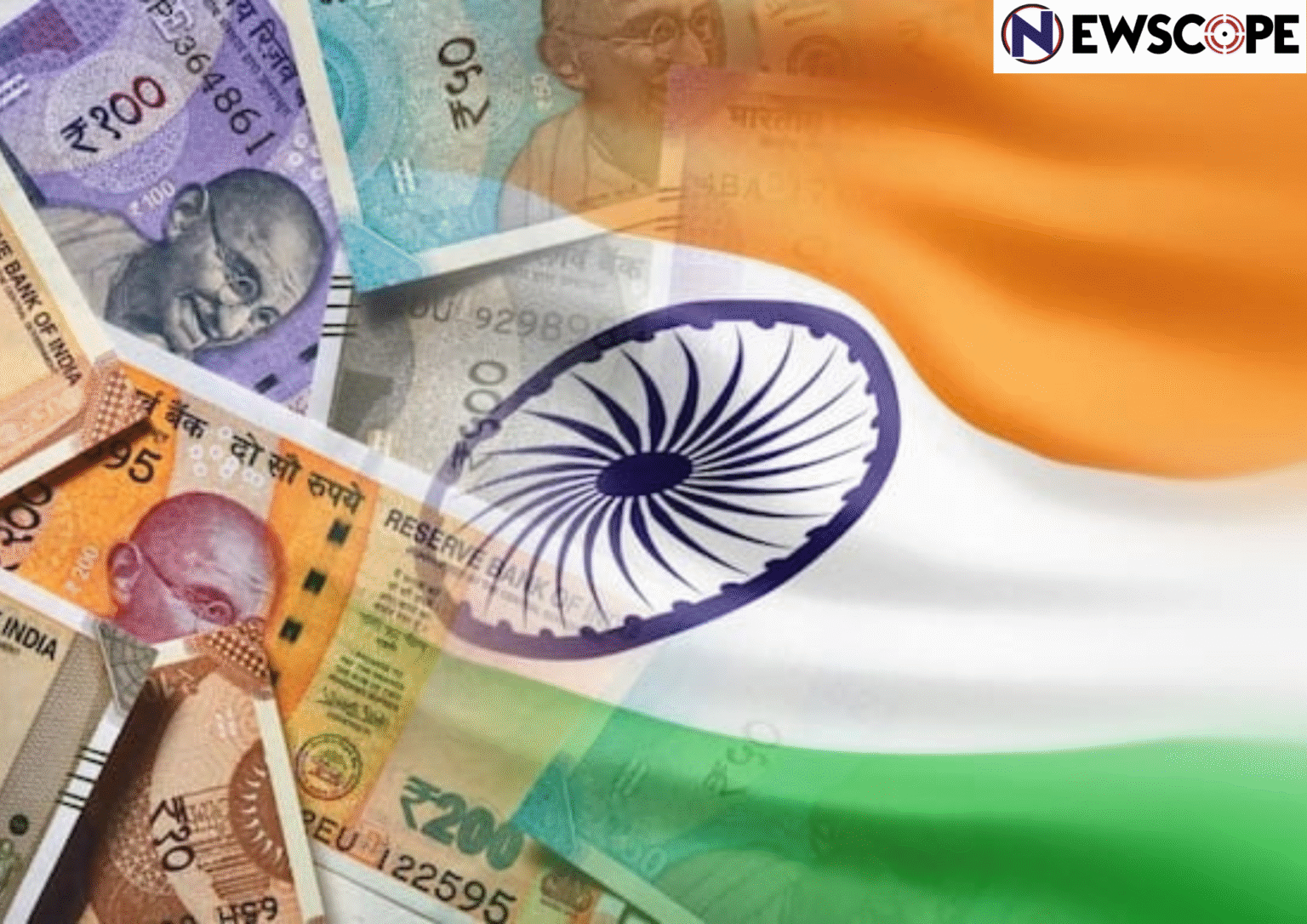The Indian economy is expected to reach $20.7 trillion by 2030 and possibly $34.2 trillion by 2038, according to the August 2025 edition of EY Economy Watch.
The report identifies India’s strong economic fundamentals, favorable demographics, and ongoing structural reforms as key factors driving its long-term growth.
With a median age of 28.8 years, high savings and investment rates, and a government debt-to-GDP ratio that is projected to drop from 81.3 percent in 2024 to 75.8 percent by 2030, India is in a good position to outperform other large economies and become the second-largest economy in about 13 years.
Currently, India has around $4.19 trillion, making it the fourth-largest economy in the world by nominal GDP.
If, after 2030, India and the US maintain average growth rates of 6.5 percent and 2.1 percent, respectively, during 2028-2030 , India may surpass the US economy in PPP terms by 2038, the report stated.
“India’s strengths include its young and skilled workforce, strong saving and investment rates, and relatively manageable debt profile, which will support high growth even in a volatile global economy,” said DK Srivastava, Chief Policy Advisor at EY India. “By building resilience and improving skills in critical technologies, India is in a good position to achieve its Viksit Bharat goals by 2047.”
Among major economies, China is set to reach a GDP of $42.2 trillion (measured at Purchasing Power Parity) by 2030 but faces issues from an aging population and increasing debt.
The US remains stable but is dealing with high debt over 120 percent of GDP and slower growth. Germany and Japan, while advanced, are limited by older populations and a heavy reliance on global trade.
Using PPP, $1 in India buys more goods and services than $1 in the US, making India’s economy look larger compared to market exchange rates.
Structural reforms, such as GST, the Insolvency and Bankruptcy Code (IBC), UPI-driven financial inclusion, and production-linked incentives (PLI), are boosting competitiveness across various industries. India is expected to become the third-largest economy in terms of market exchange rates by 2028, surpassing Germany. Even potential challenges like US tariffs impacting 0.9 percent of GDP are likely to have minimal effects, as strong domestic demand and export diversification should limit any slowdown to just 0.1 percentage point.



